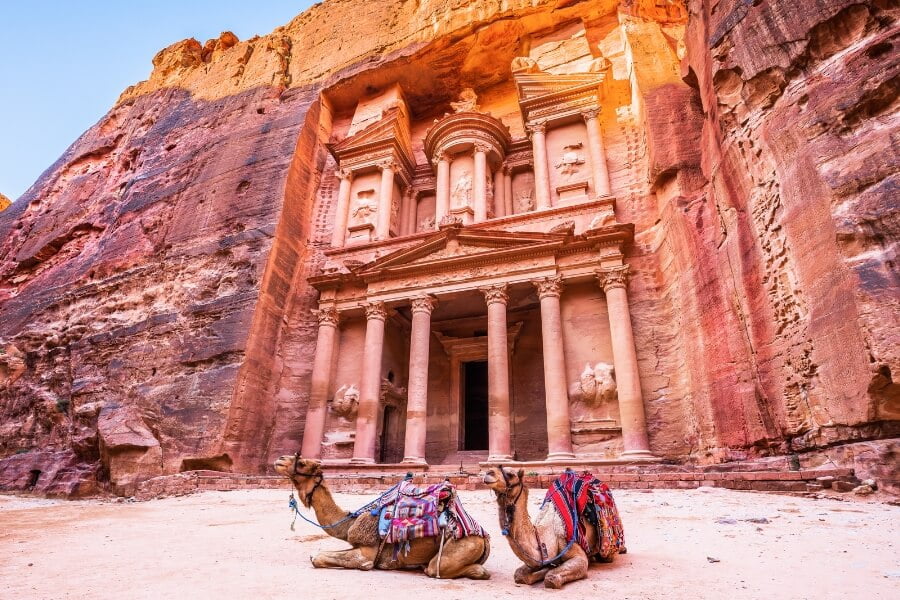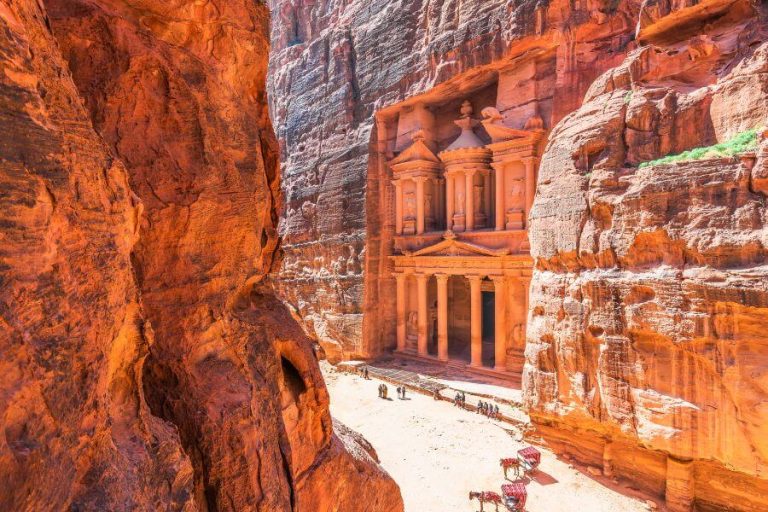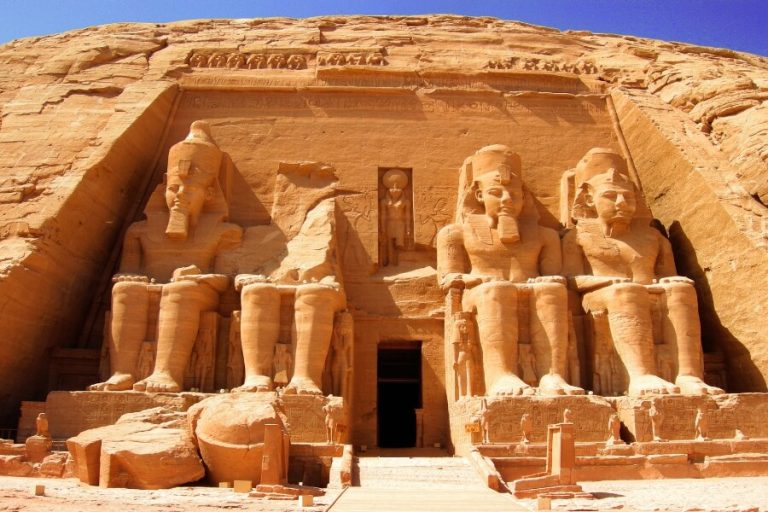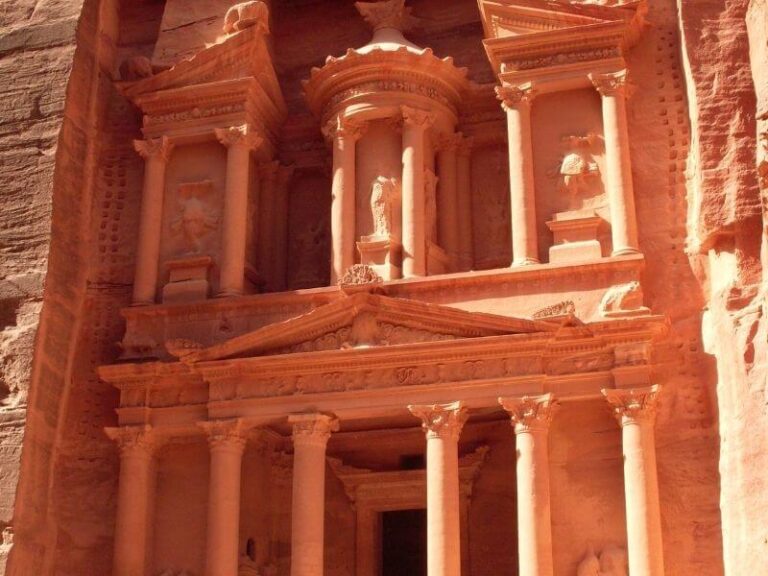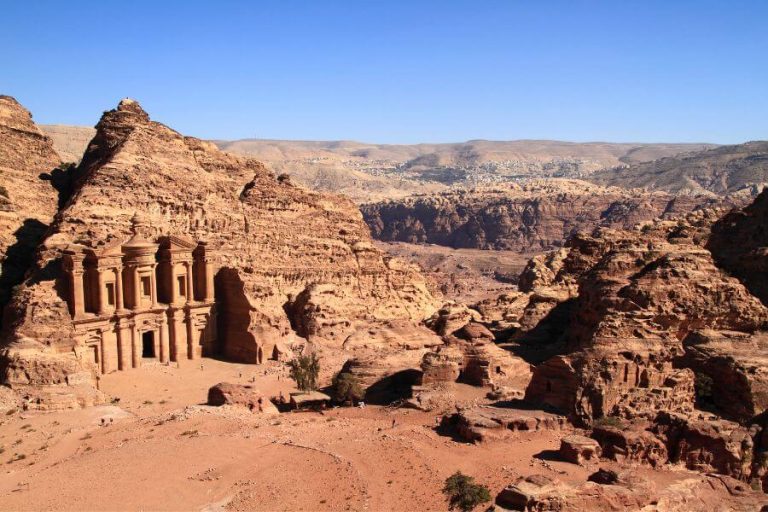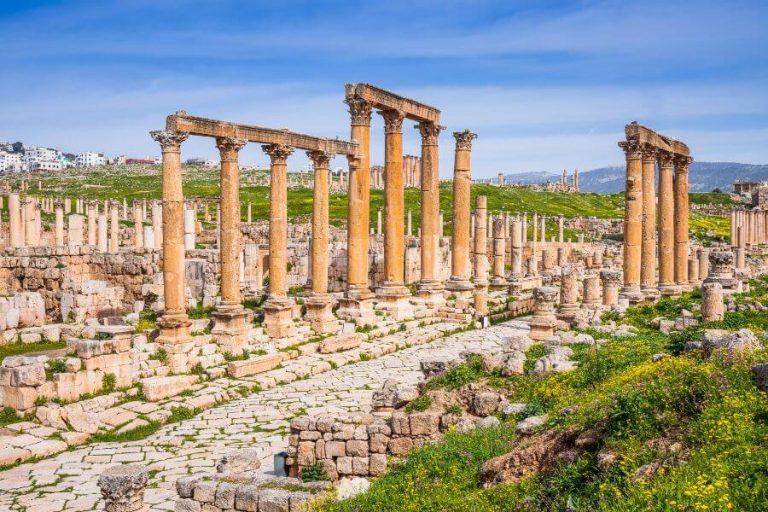Petra Travel Advice: Unveiling Jordan’s Ancient Treasure
Uncovering the Hidden Gems of Petra: A Guide to Off-the-Beaten-Path Sites
Welcome to Petra, the ancient city carved into the rose-red cliffs of Jordan. This UNESCO World Heritage Site, also known as the Rose City, is a labyrinth of majestic structures and natural wonders. In this blog post, we will guide you through the essentials of traveling to Petra, ensuring you have a fulfilling and memorable experience.
When to Visit Petra
Best Time to Travel
- Spring (March to May): Pleasant temperatures and blooming landscapes.
- Autumn (September to November): Comfortable weather and fewer tourists.
Avoiding Crowds
- Early Morning or Late Afternoon: Experience Petra in relative solitude.
- Off-Peak Season: Visit during winter for a quieter experience, but prepare for cooler temperatures.
Navigating the Siq
- Guided Tours: Opt for a guided tour for insightful stories and historical context.
- On Your Own: A self-guided walk allows for flexibility and personal discovery.
Petra’s Must-See Attractions
- The Treasury (Al-Khazneh): Petra’s most iconic structure.
- The Monastery (Ad Deir): A monumental building offering stunning views.
- The Royal Tombs: Witness the grandeur of Petra’s past.
- The High Place of Sacrifice: A hike that rewards with breathtaking vistas.
- Hidden Gems: Explore lesser-known sites like the Street of Facades and the Byzantine Church.
Local Cuisine and Accommodation
- Traditional Eats: Savor local dishes like Mansaf and Maqluba.
- Stay Options: From luxury resorts to budget-friendly hostels, Petra caters to all.
Journey’s End
As we conclude our guide to Petra, we hope you feel inspired and well-prepared for your adventure in this ancient city. Petra is more than a destination; it’s a journey through time, filled with stories etched in stone and landscapes that speak of a glorious past.
Remember, every step in Petra is a walk through history. So, tread lightly, explore heartily, and let the magic of Petra leave an indelible mark on your travel memories.
FAQs
- Is Petra Safe for Tourists? Yes, Petra is generally safe for travelers. However, it’s always wise to follow standard travel safety practices.
- What Should I Wear in Petra? Opt for comfortable, modest clothing suitable for hiking and varying temperatures. Don’t forget a hat and sunscreen.
- Can I Buy Food and Water Inside Petra? Yes, there are several vendors inside, but prices can be high. Carrying your own water is advisable.
- Are There Facilities for Disabled Visitors? Petra has limited accessibility for disabled visitors. Some areas are accessible by horse-drawn carriages or donkeys.
- How Much Time Do I Need in Petra? Ideally, allocate two days to fully experience Petra’s majesty without rushing.

